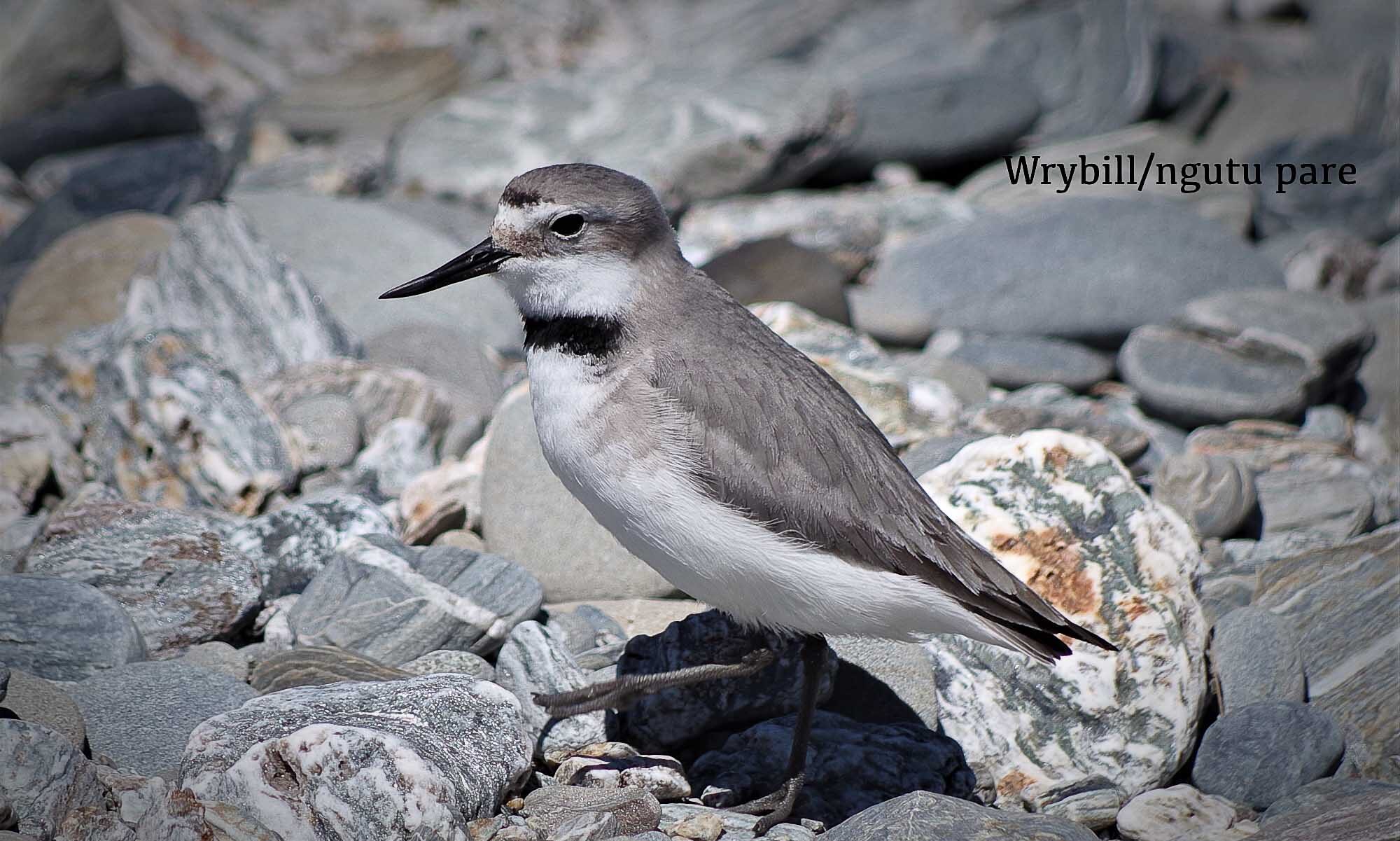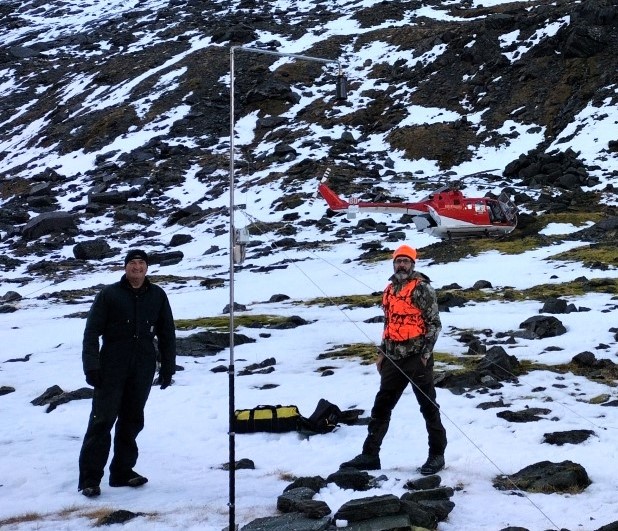ABT continues with developing its Encounter Solutions “Celium” based system of remote alpine climate/weather recording/data acquisition.
Added to existing real time temperature obtained from a network of Upper Wilkin, Crucible and Nth Siberia HUBs/Repeater HUBs and Nodes, are real time ES Celium based snow depth and rainfall recording platforms.
Ultrasonic snow depth measuring instrumentation has been deployed in the Castalia Cirque (1200 metres) and rain gauge instrumentation at Crucible Basin (1200 metres). Further similar instrumentation is to be deployed in the Nth Siberia Cirque.
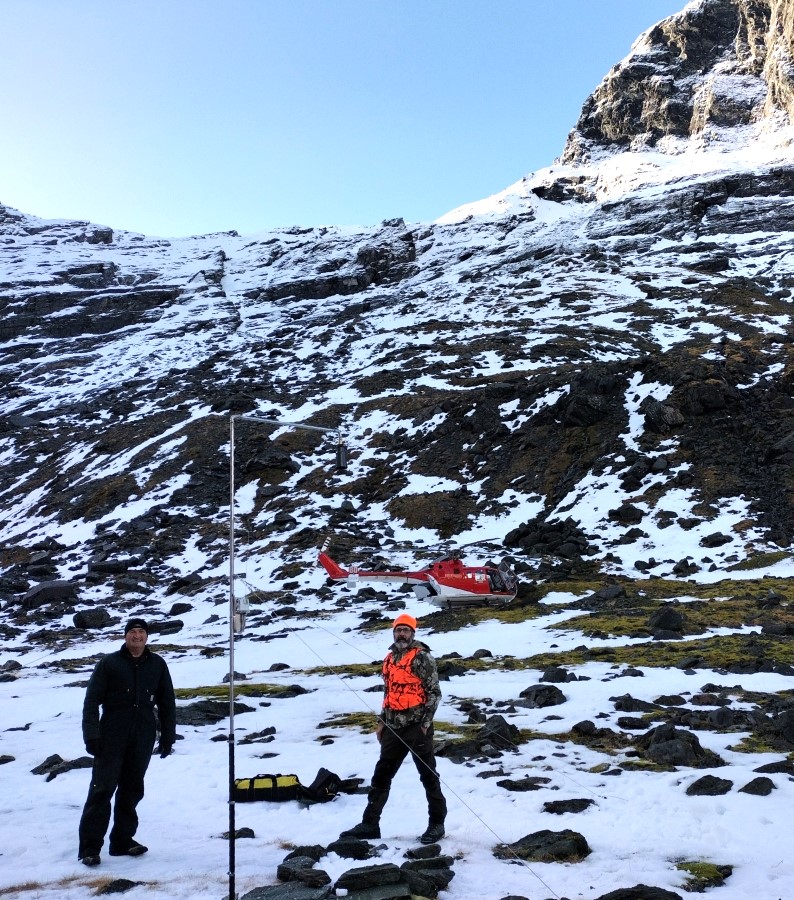
Expansion of ABT’s ES Celium based remote alpine climate/weather data recording to include snow depth and rainfall, has been made possible with funding from the Tupiki Trust, the helicopter services of Bill Day (Seawork’s) and a materials donation from Templeton Engineering.
ABT’s expanding remote weather/climate monitoring system will provide a database projected forward in determining the impacts of changing weather patterns/climate (rainfall, snowfall and temperature) locally, on the threatened species habitat and influence on the changing dynamics of protected species and invasive predators within the alpine environment. This may include food source, winter snow cover protection, extended temporal and spatial activity of predators (i.e. rat moving to higher levels in the alpine, stoat extended time active, and more mice).
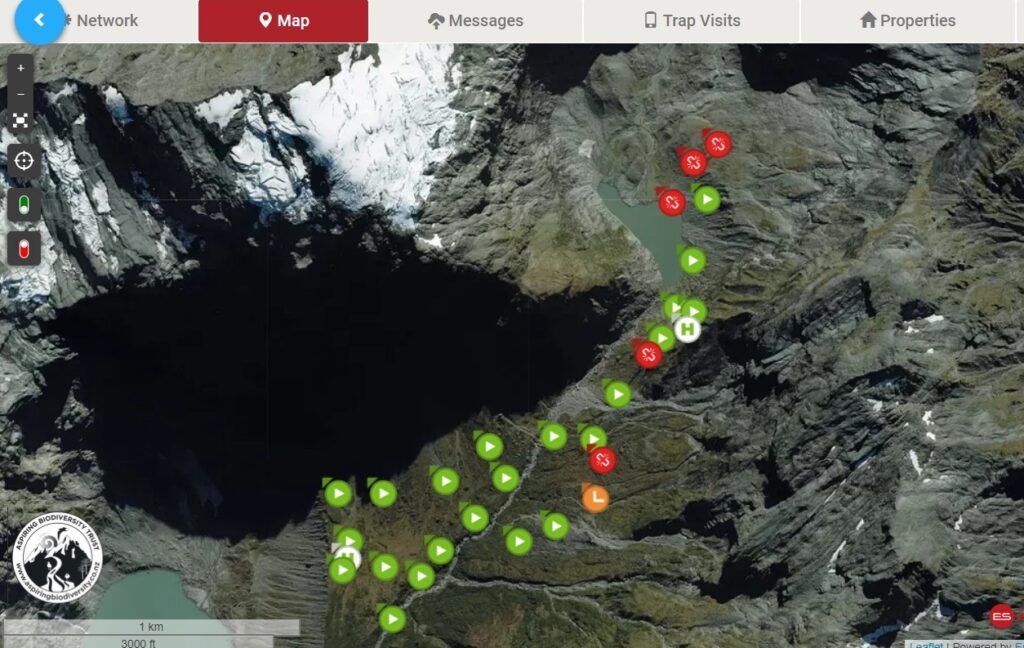
ABT’s expanding remote weather/climate monitoring system no less importantly contributes to the safety of ABT field programme workers, and the public engaging in alpine activities of the north Mt Aspiring National Park: trekking, ski touring, pack rafting, climbing etc.
Data of ABT’s current and expanding remote weather/climate monitoring system is available to the public via ABT’s Real-Time weather/climate page.
The Mountain Safety Council’s Plan-My-Walk has a link to the ABT RealTime page, and the expanding data is also available to the Aspiring Avalanche Advisory.
Acknowledgements
With Thanks to: Tupiki Trust, Bill Day of Seaworks and Templeton Engineering.


This innovation in partnership with Aspiring Biodiversity Trust and Encounter Solutions is contributing greater knowledge and understanding (over time), to better inform adaptive conservation management going forward for endangered species protection and restoration within the Makarora and Wilkin catchments – from ridge to river. In particular, for significant remnant populations of endangered Pīwauwau/ Rock wren and South Island Whio/ Blue duck.
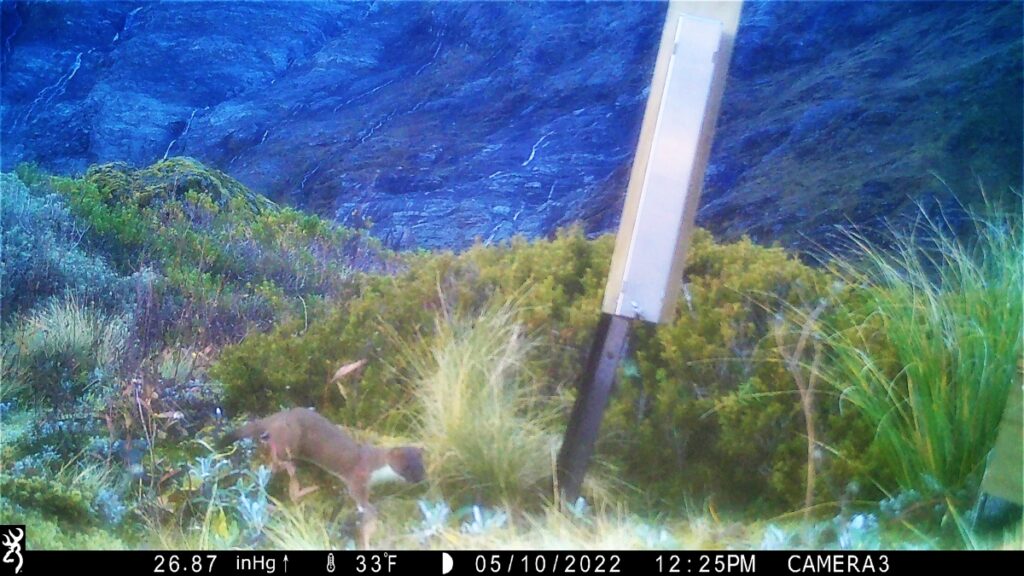
ABT Trail camera image: Alpine stoat active within Upper Lucidus/Castalia basin rock wren and whio habitat with ZIP Autolure and trap entrance to the right.
